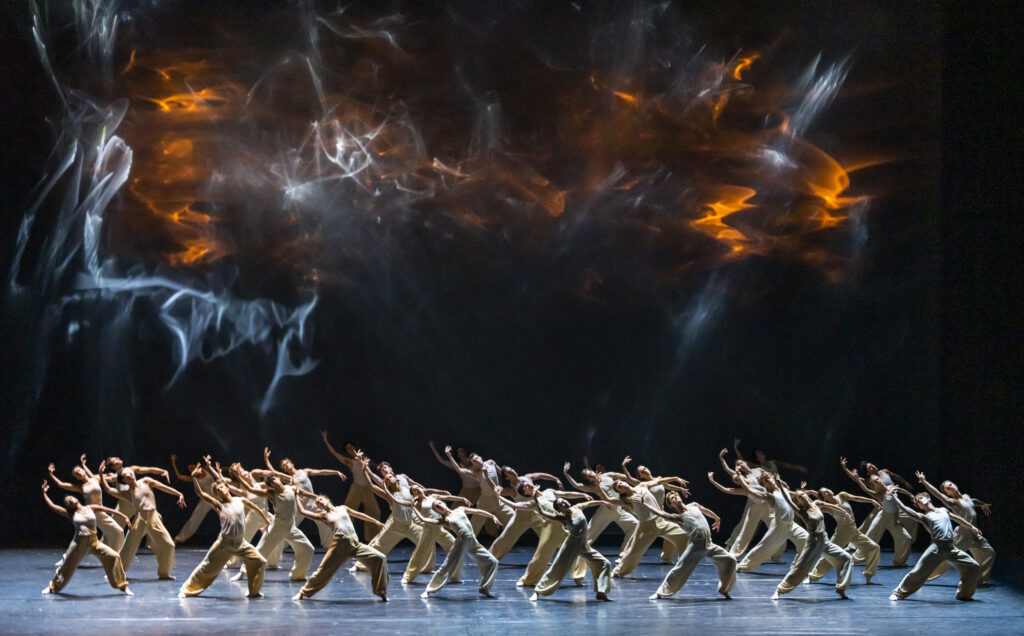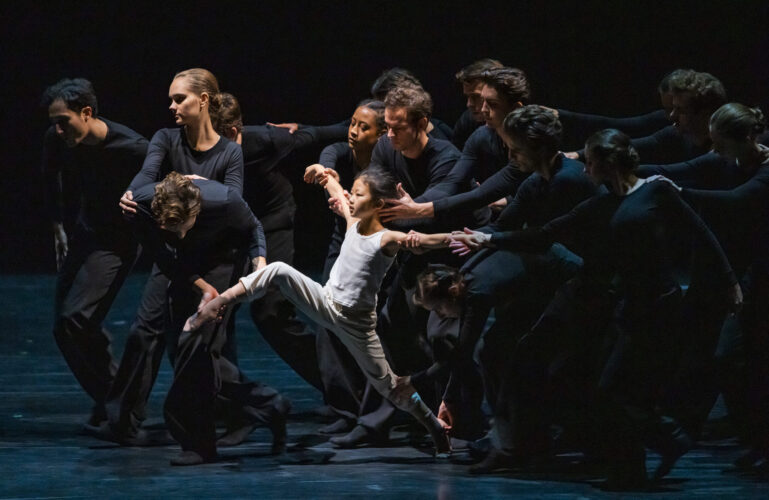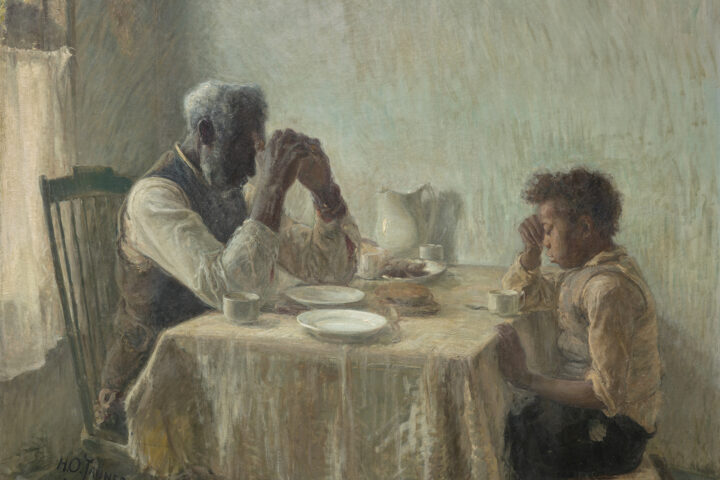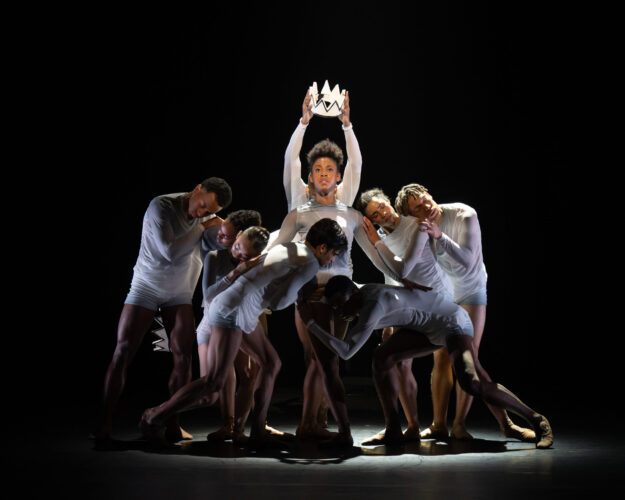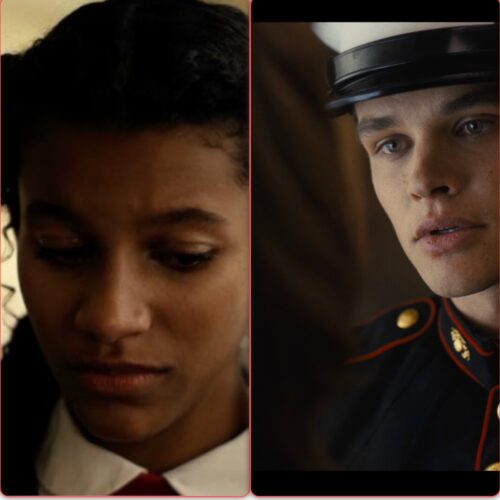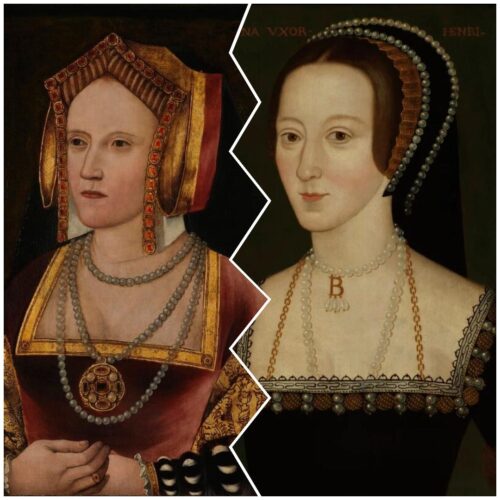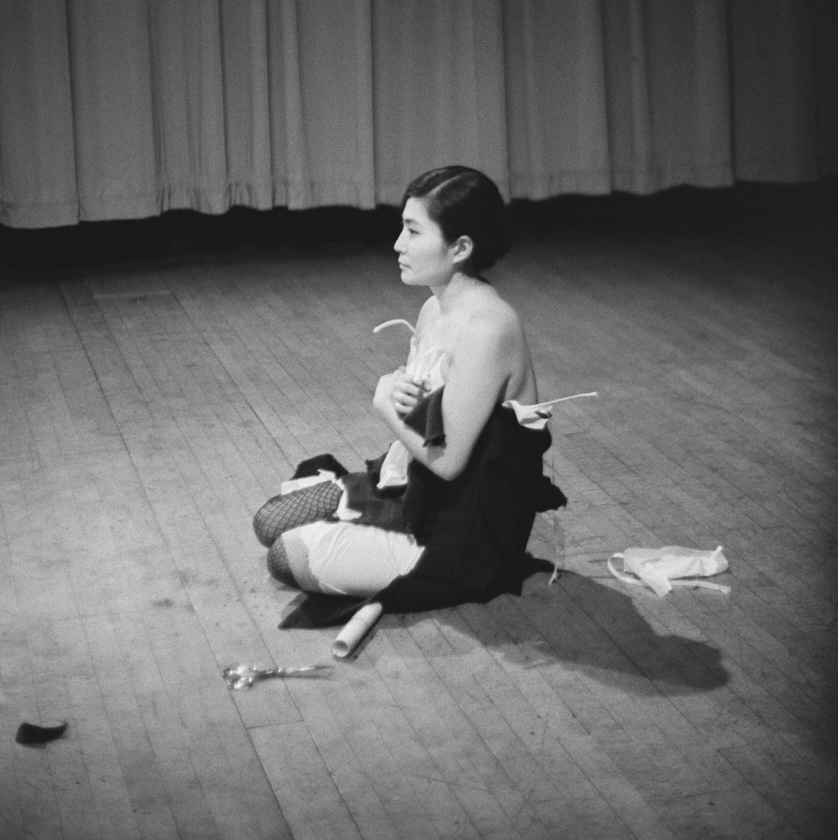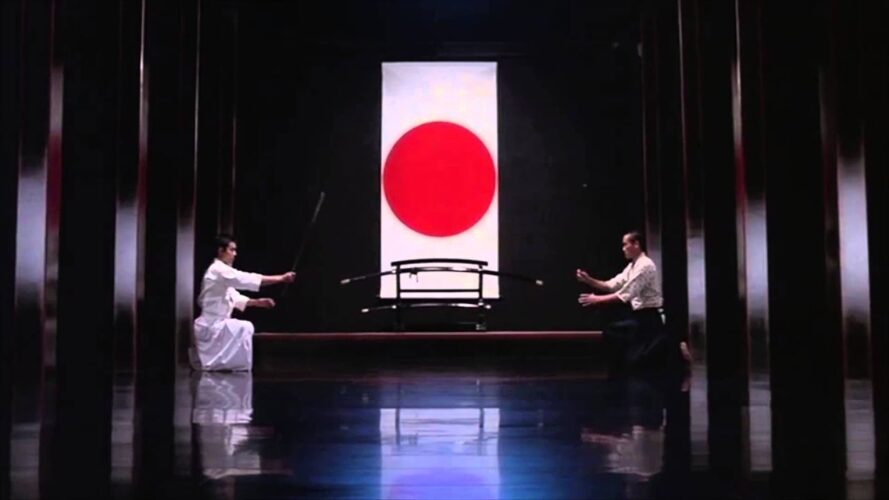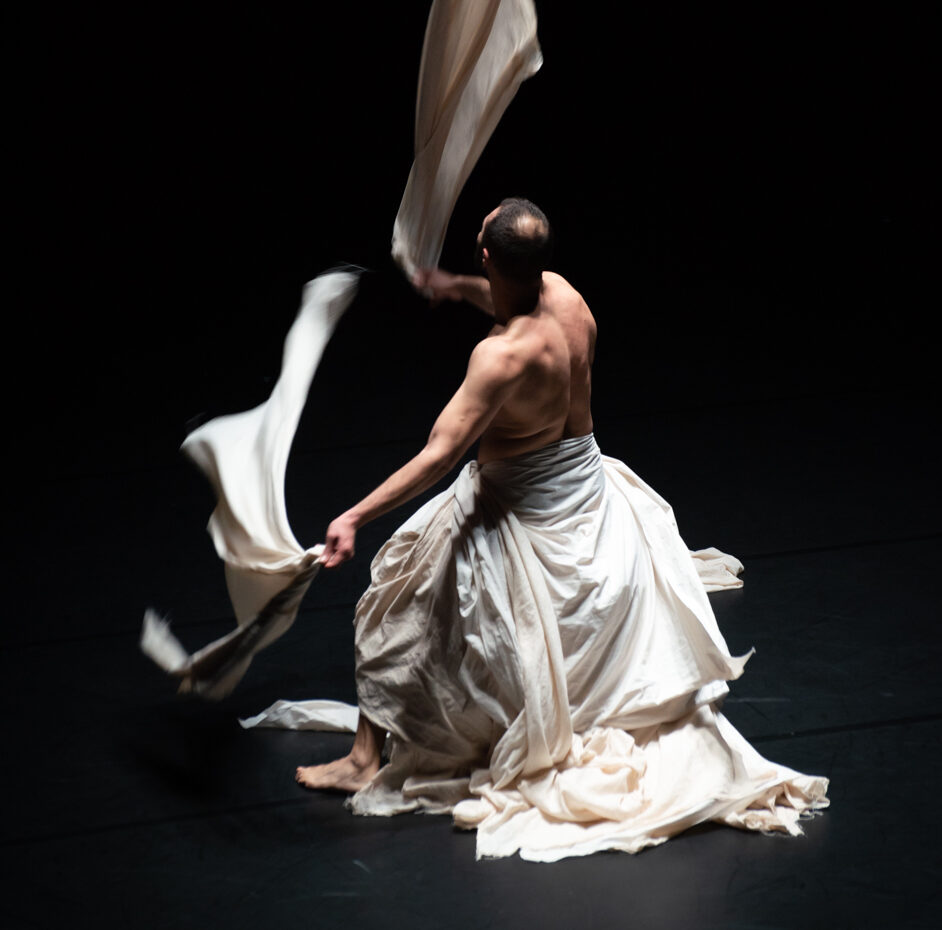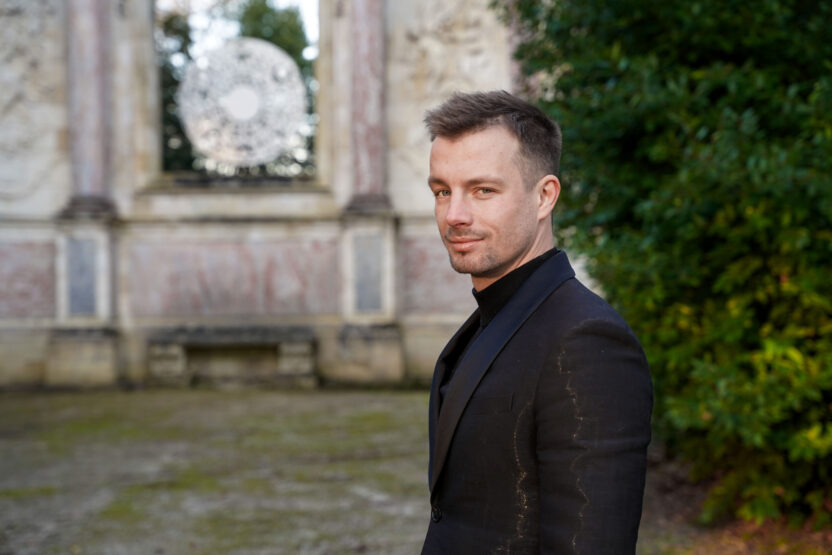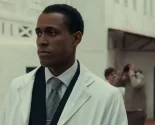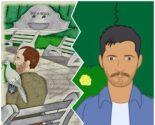Dance can be a powerful medium for commenting on global events. Some may be surprised by this idea, but there have been numerous examples of extraordinary political dance works that have left a lasting impact. Consider Rambert’s haunting Ghost Dances, which explored the plight of those “disappeared” under authoritarian regimes—think Chile, Argentina, or Brazil in the 1970s. Or Matthew Bourne’s legendary all-male Swan Lake, a bold rebuttal to the rising tide of homophobia in 1990s Britain.Light of Passage, created by Canadian choreographer Crystal Pite, belongs firmly in this tradition—and it is simply astonishing. The work, divided into three sections, is a deeply moving meditation on our times.
The first section, Flight Pattern, is the original piece from which the full work evolved. In it, Pite addresses the global refugee crisis. Her message is clear: this is “the story of our time.” The way we respond to the suffering of displaced people, she suggests, reflects who we are as a global community. Set to Górecki’s soul-stirring Symphony No. 3 (Symphony of Sorrowful Songs), the choreography draws a parallel between the Virgin Mary’s lament for her son and the vast scale of contemporary human suffering. Flight Pattern is a poignant plea for compassion and tolerance.
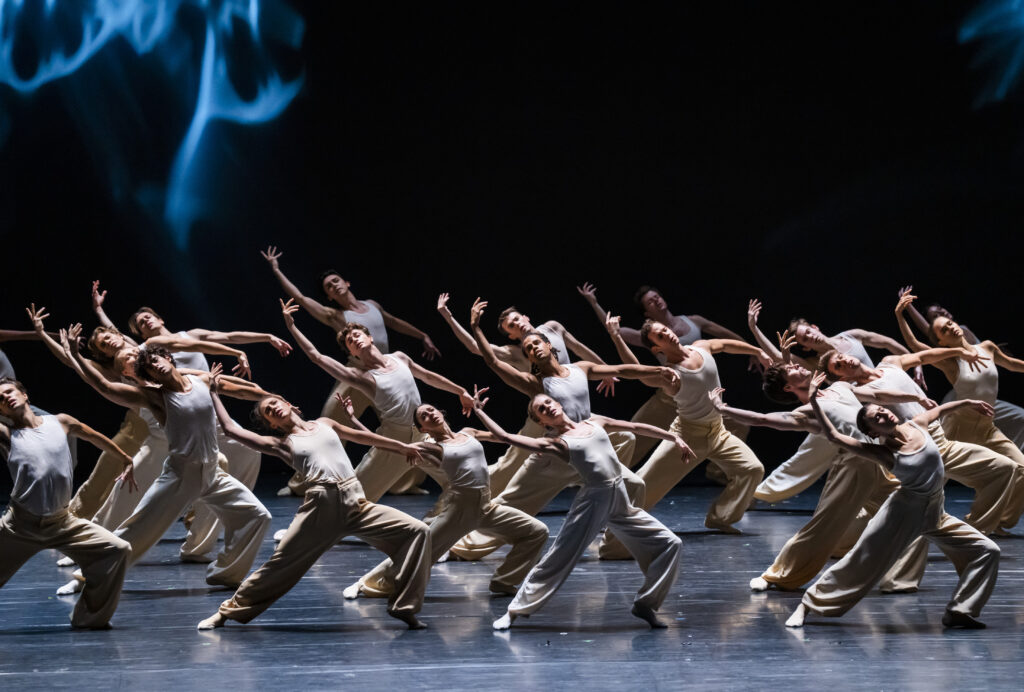
The second section, Covenant, is inspired by the UN Convention on the Rights of the Child—a legally binding document that outlines the fundamental rights of every child, regardless of race, religion, or ability. Pite includes a cast of enchanting child dancers, emphasizing the innocence and vulnerability of youth. This section serves as a timely reminder that, for many children in conflict zones, these basic rights are still being denied.
The final section, Passage, explores themes of loss and absence. It is inspired by the story of a mother mourning the death of her son, a soldier who will never return from the war zone where he served. With armed conflicts raging across the world, this piece feels especially relevant.
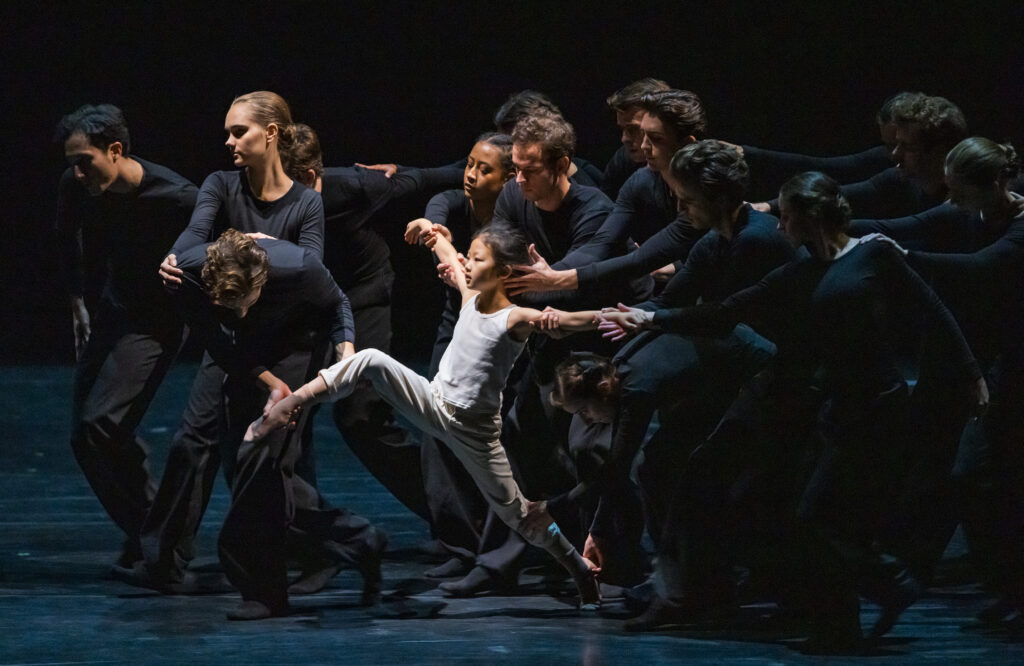
The Royal Ballet’s recent revival of Light of Passage this spring was every bit as powerful as the original 2017 production. Originally created for the company, the full-length work grew out of Flight Pattern and showcases Pite’s masterful ability to choreograph for large ensembles. The performance was danced with extraordinary grace and intensity. At a time when the world seems to be edging ever closer to widespread economic and military conflict, Light of Passage offers something truly rare: a sense of hope. Despite the enormity of the themes it explores—displacement, war, and loss—Pite’s work suggests that humanity still holds the potential for empathy, resilience, and healing.
